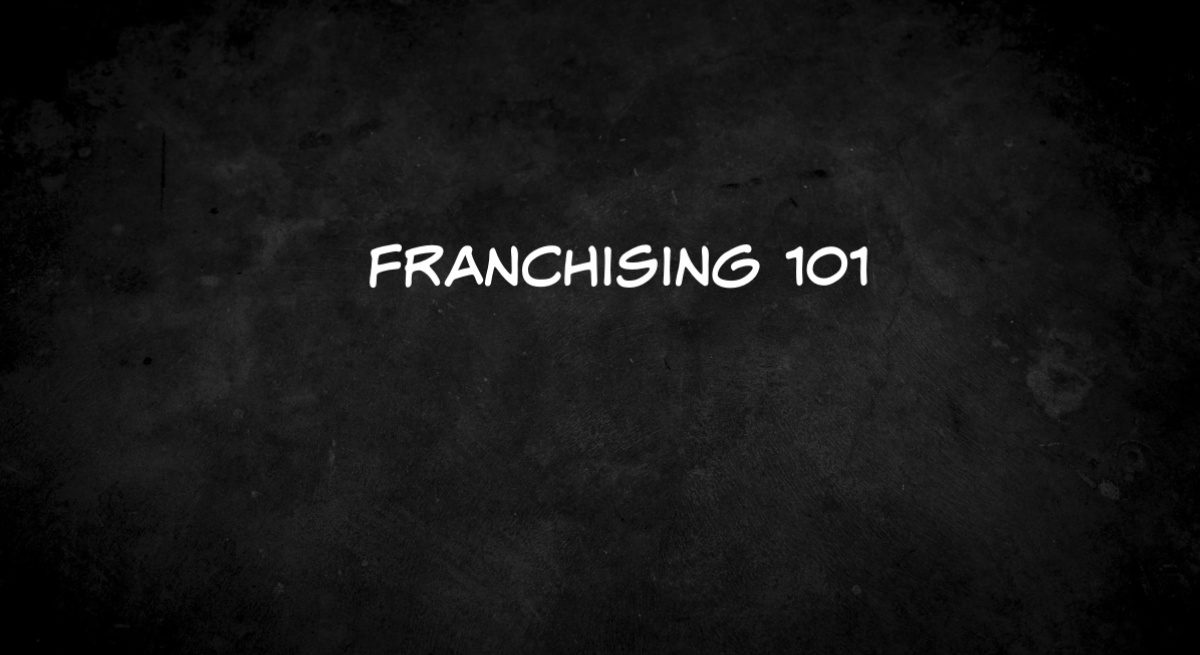Franchising 101: Five Crucial Steps Before Franchising
4 Min Read By April Mason
It’s been five years since you opened your first restaurant. Business is great and customers keep coming back for more. You may have even expanded to a second or third location. Out of town visitors frequently ask when you will open in their hometown, confident that you would have a line of customers out the door. But, while you are passionate about your concept and would like to keep expanding, you are not sure that you have the resources to manage the additional growth. One day someone approaches you about buying the right to open one of your restaurants in a nearby city. It sounds intriguing, but where do you begin? What does it really mean to franchise your restaurant?
Franchising is a great way to grow a brand using other people’s capital. It often allows for faster growth and sometimes faster returns. However, it is not for the faint of heart. If you take the franchising plunge, you must understand that franchising is a business in itself and be prepared to devote the necessary resources to your franchising business. With the right structure, you can develop a very successful brand. Understanding and implementing these five crucial steps will help steer you toward success:
If you take the franchising plunge, you must understand that franchising is a business in itself and be prepared to devote the necessary resources to your franchising business.
1. Protect Your Brand
If you have not yet registered your trademark, now is the time. When franchisees invest in your restaurant, they are investing in the goodwill you have developed through your restaurant name and logo. Prospective franchisees are wary to invest in a brand that has not secured its trademarks and cannot offer protection from would-be copycats.
2. Develop an Operations Manual
You know how to run your restaurant successfully, but you must be prepared to teach your franchisees how to do the same. It is often helpful to open several company-owned restaurants in different locations to help you fine-tune operations and identify the products and practices that help your concept stand out in a crowd. Once you have developed and tested your methods, you can compile this information in a confidential operations manual that will serve as the guidebook for your future franchisees. From the secret sauce recipe to inventory control systems to restaurant décor, no detail is too small.
3. Develop a Growth Plan
You have decided that you want to franchise but are not sure how or where to begin expanding. Start with a growth plan. Developing a growth plan will help guide future decisions for your brand, as well as keep you focused on meeting the ultimate goals for your concept. It is important to consider your goals for the brand, the time, finances, and other resources you have to commit to development, and the areas in which you want to expand when determining a short-term and long-term growth plan.
In general, it is best to grow close to home and expand slowly within a nearby radius. It will help you use your resources more efficiently and allow you to support your franchisees more effectively. You should also consider whether you want to sell single restaurant units or allow prospective franchisees to exclusively develop multiple locations within a given territory through an area development arrangement. Both options offer advantages, but can have drawbacks as well, so it is important to consider the alternatives carefully and discuss with your management and advisory teams.
4. Understand that Franchising is a Business in Itself
Once you begin franchising, you are no longer just in the restaurant operations business. You are now in the franchising business as well, perhaps even operating a separate franchising entity. As part of your franchising business, you must decide what level of support services you will provide your franchisees. The more support you provide, the more likely it is that your franchisees will achieve success.
Resources are limited though, so there is a balance that must be found in the amount of initial and on-going support you will provide to your system. Franchisor support services may include, among other things, site selection review, initial management and employee training, grand opening assistance, on-going training for key personnel, and marketing/advertising assistance.
5. Prepare a Franchise Disclosure Document
Federal franchise laws require franchisors to provide all potential franchisees with a Franchise Disclosure Document (FDD) containing 23 specific items of information about the offered franchise. The FDD gives prospective purchasers the material information they need in order to weigh the risks and rewards of the investment. In general, you may not accept any money or sign a franchise agreement with a prospective franchisee until that franchisee has had at least 14 days to review the FDD. In addition to the federal requirements, there are many states that have additional registration and disclosure requirements. It is important that you engage legal counsel early in the process to guide you through the disclosure preparation and franchise sales process. The penalties for failing to comply can be severe, and in some instances may provide the franchisee with grounds for a lawsuit against you.
Understanding and implementing these five steps will point you in the right direction for a successful franchising. Once you have protected your trademark, prepared the required legal disclosures and operations manual, decided how you want to grow and what services you plan to provide, you are ready to begin approaching prospective franchisees. Franchising is not easy, but if implemented correctly, it can be a great way to expand your restaurant’s footprint.


